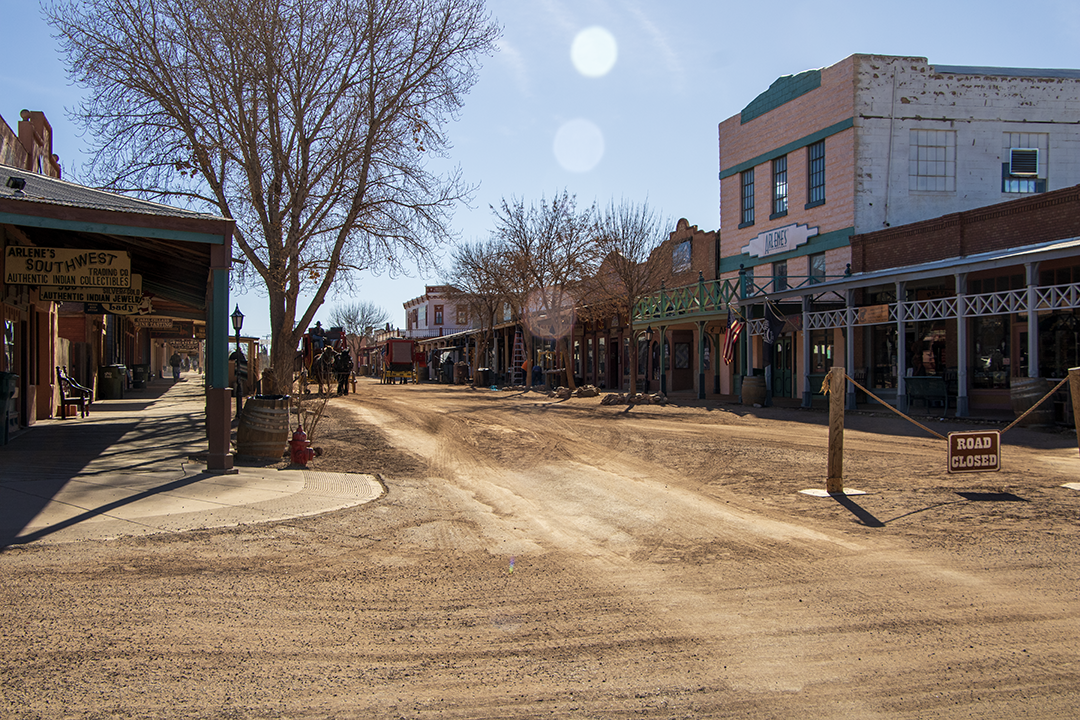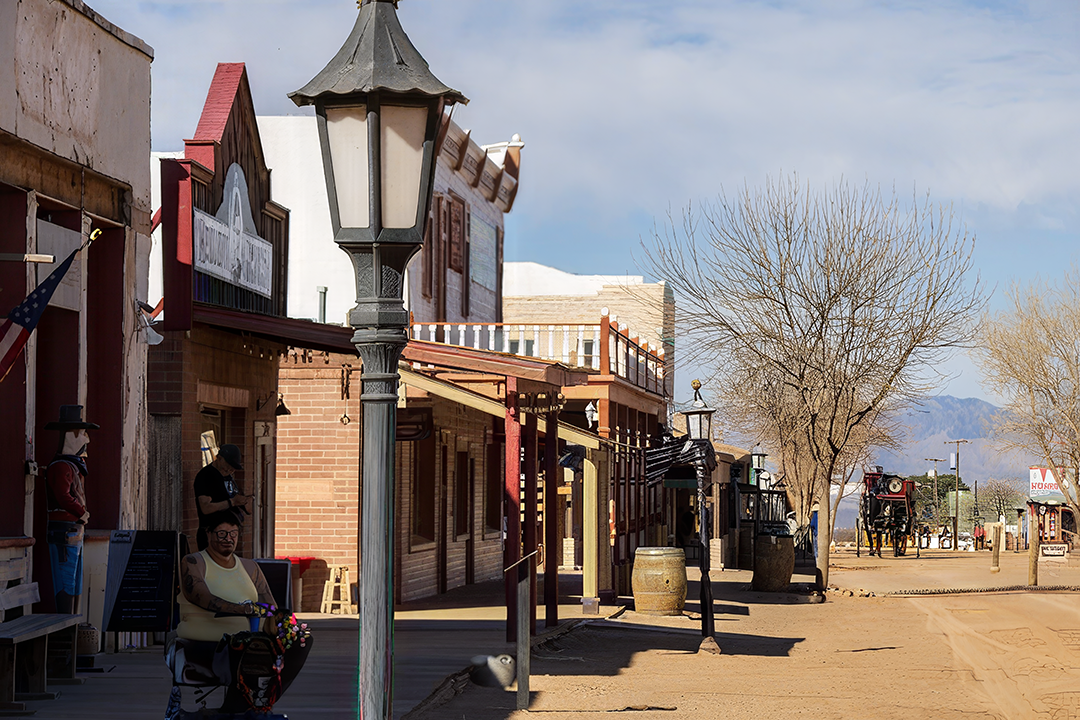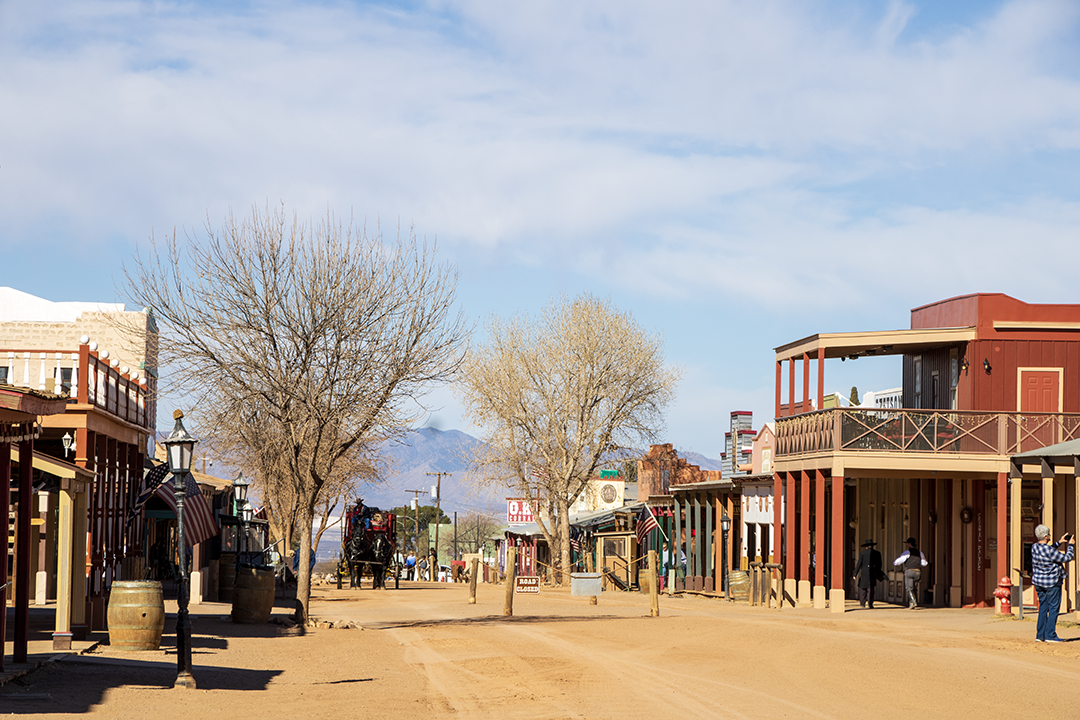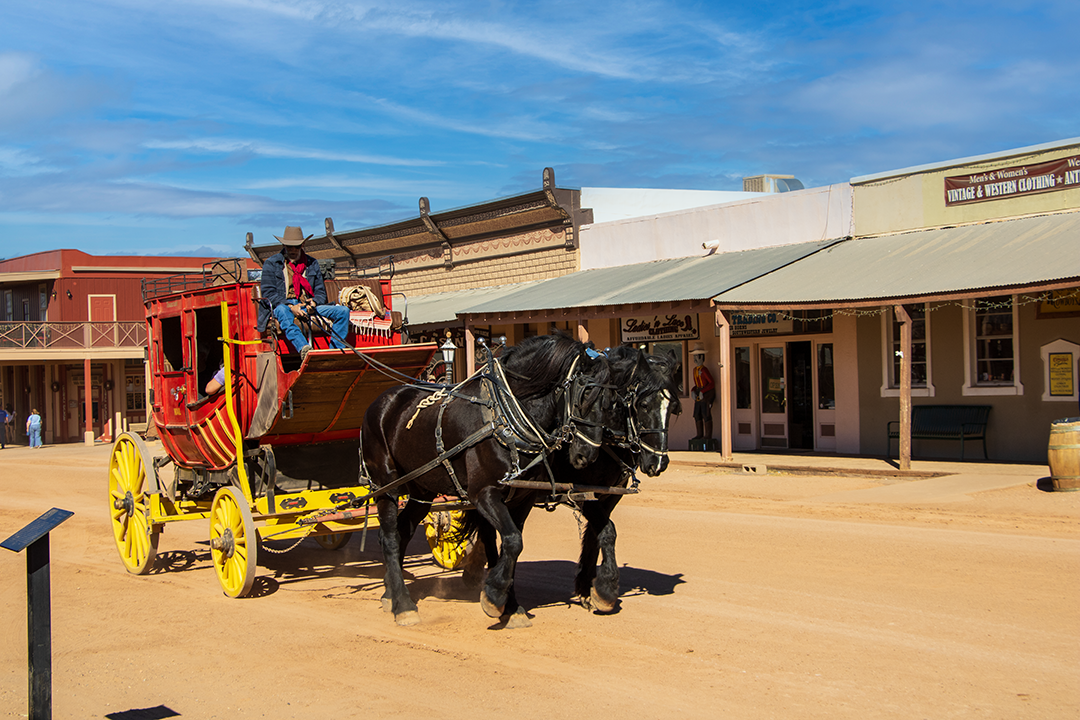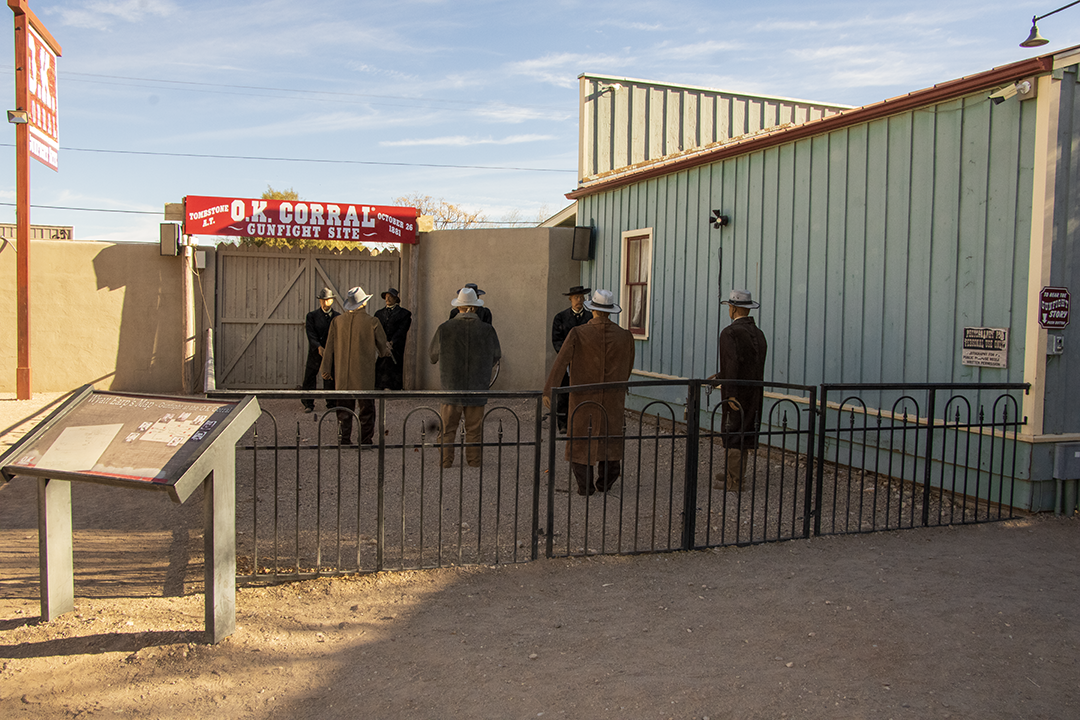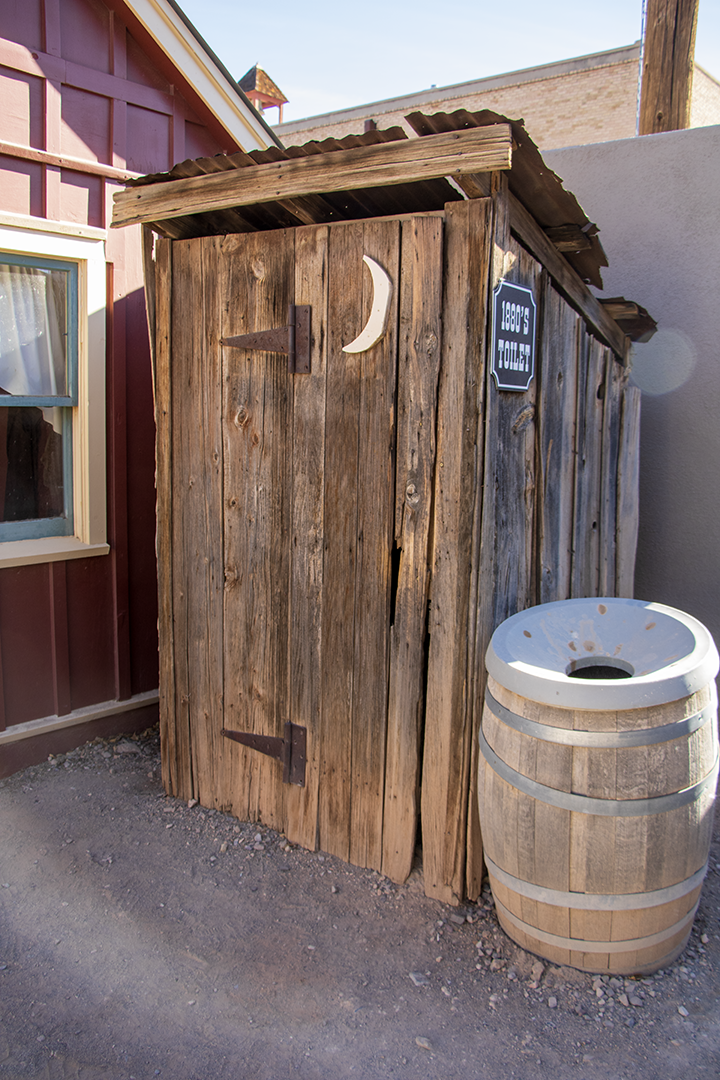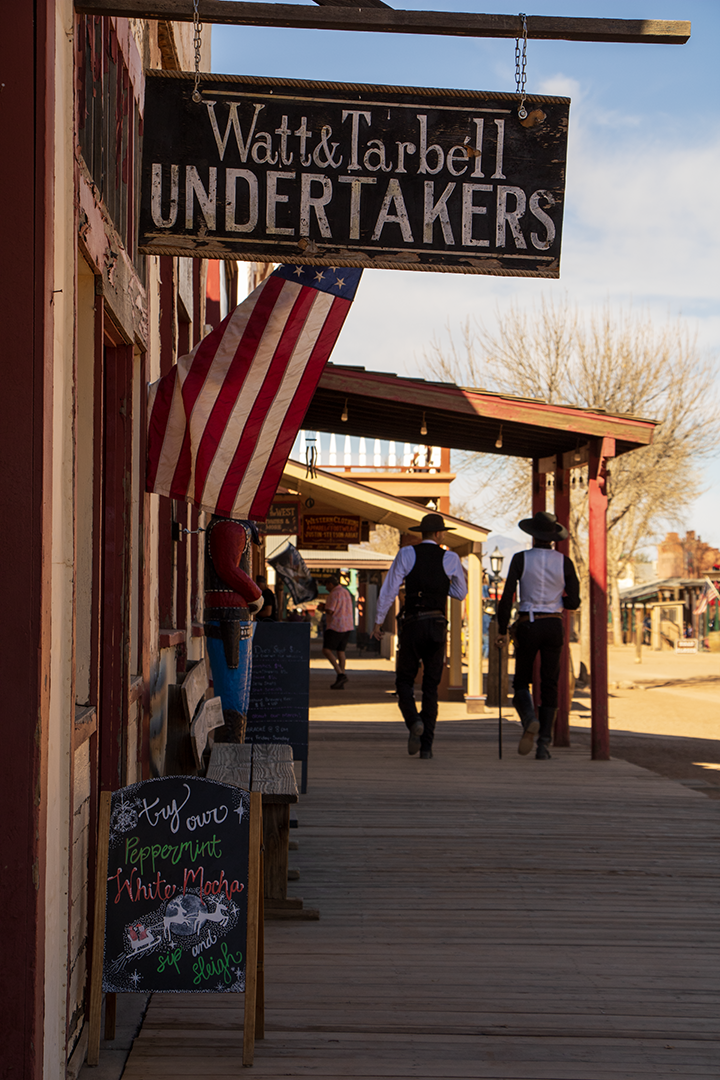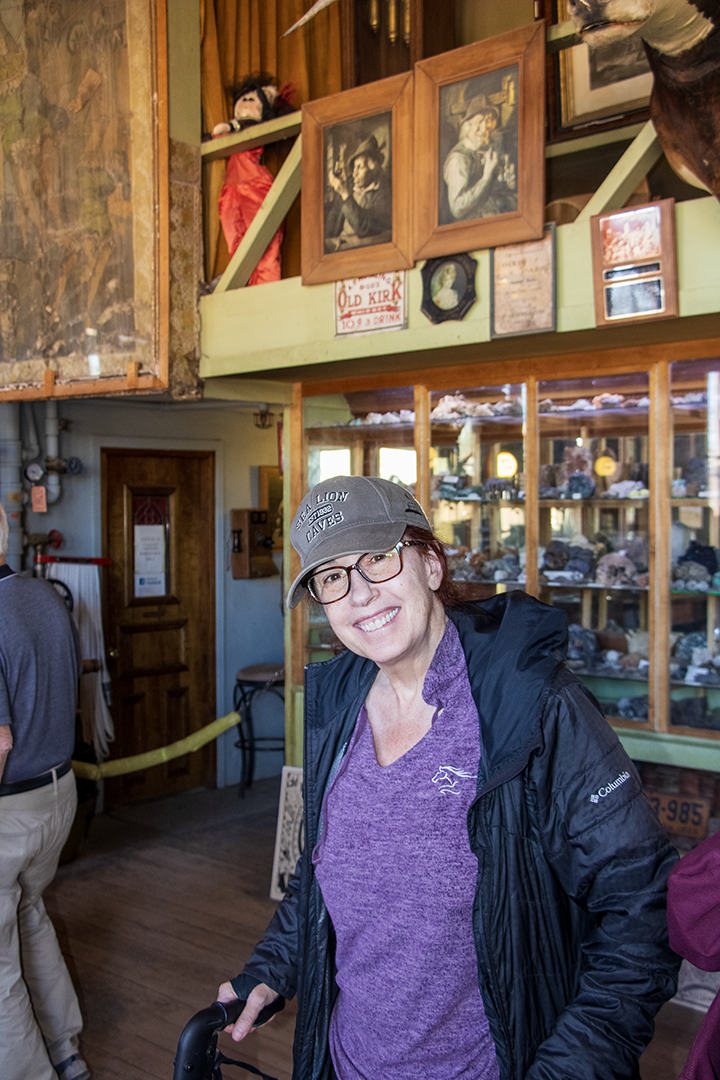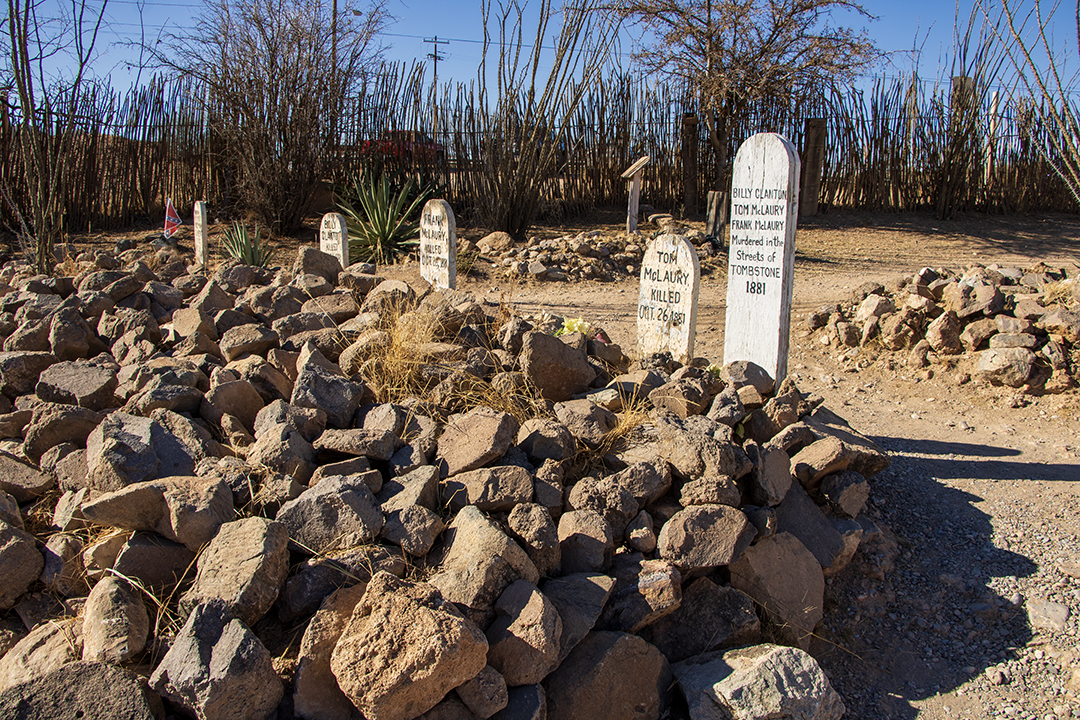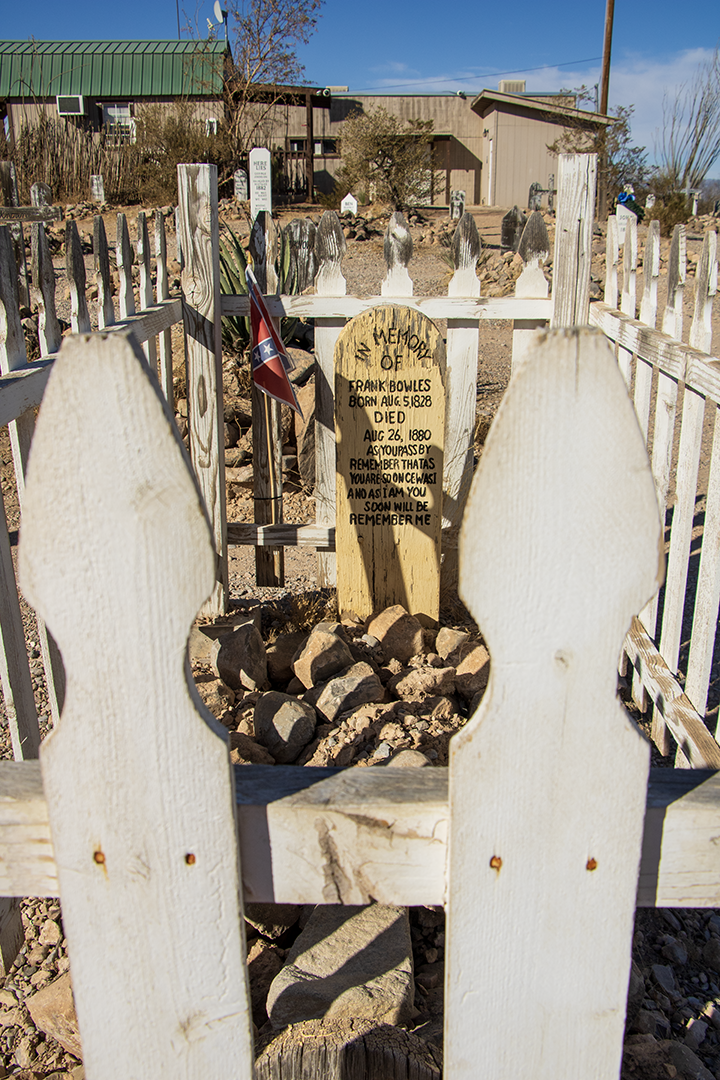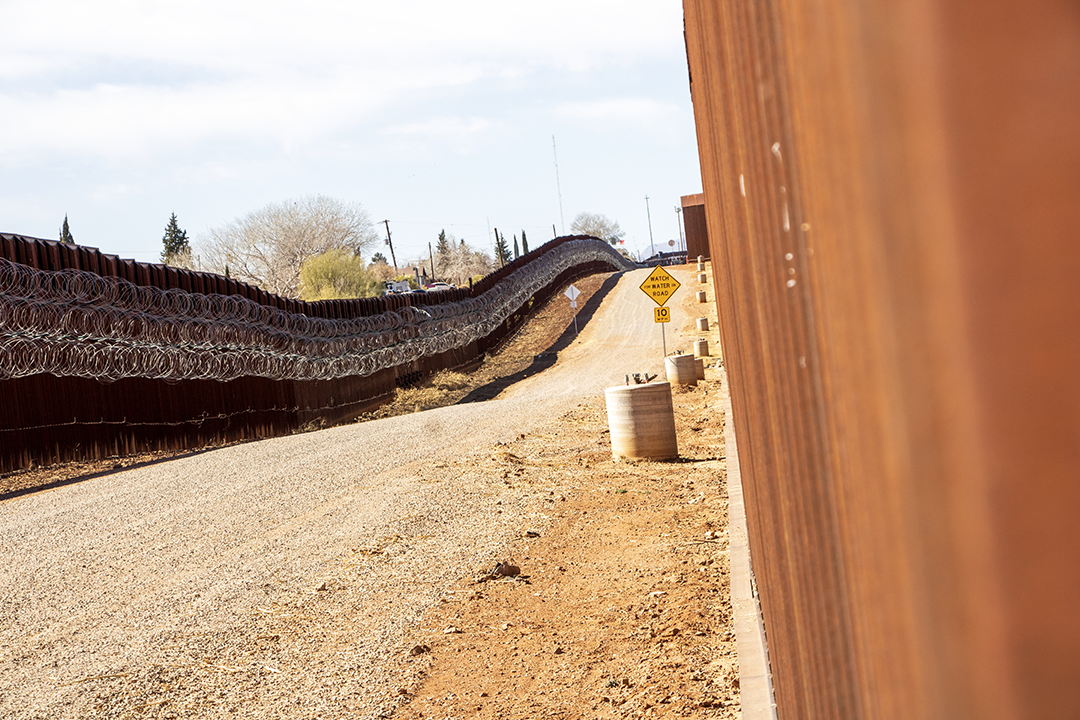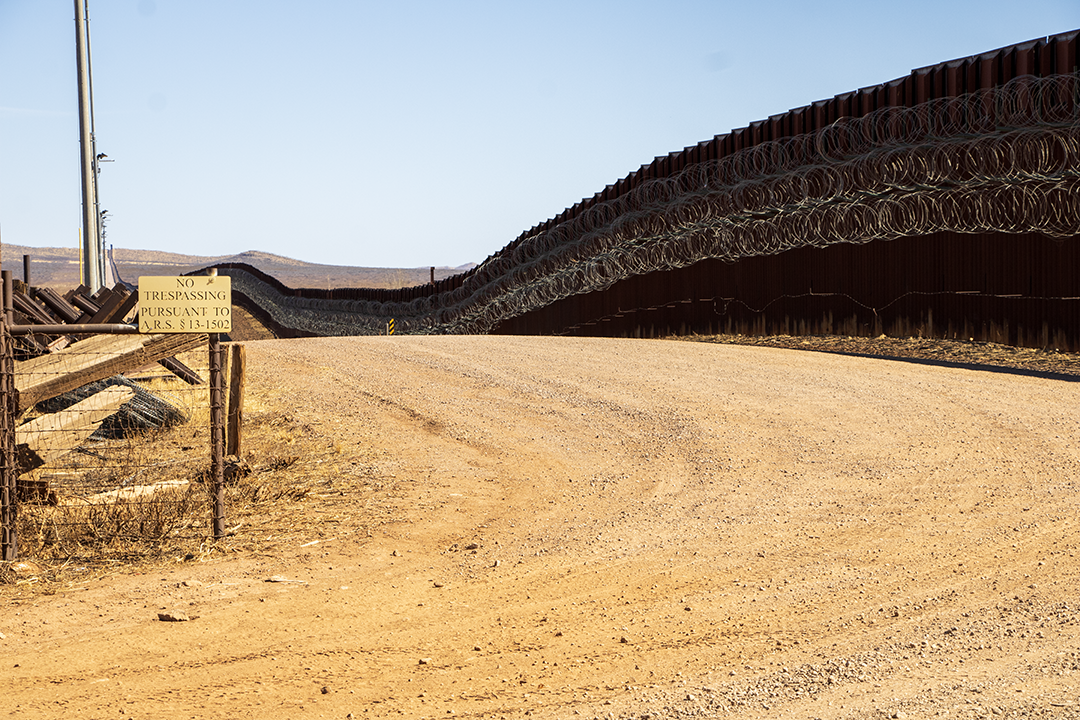
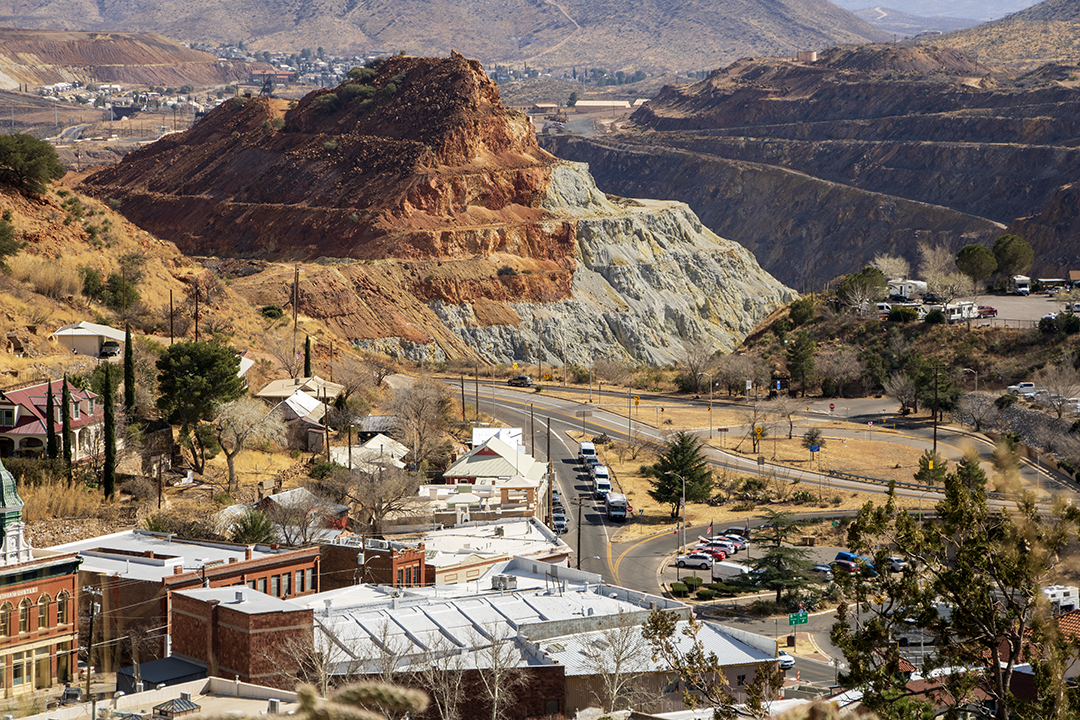
Open pit mining was used in the late 50's because Harrison Lavender developed a process that made low grade copper ore commercialy viable. Though somewhat toxic and the tailings produced are huge and clearly marked no trespassing. You can get an idea of how big in the upper left corner of our image. It is my understanding that a process to reclaim the tailings has been developed and one day they will no longer exist. The picture above is the Lavender Pit Mine. (part of the Copper Queen.) You can get a glimpse of historic Bisbee in the foreground.
Bisbee, Arizona: Overview and Brief History
Overview: Bisbee is a historic town located in the southeastern corner of Arizona, nestled in the Mule Mountains near the Mexican border. Known for its rich mining history, unique architecture, and vibrant arts scene, Bisbee has evolved from a bustling copper-mining town to a small, picturesque community. Today, it attracts tourists with its preserved historic district, including Victorian-style homes, art galleries, museums, and its close proximity to the stunning natural beauty of the surrounding landscape.
Brief History:
-
Early Days and Founding: The area now known as Bisbee was originally inhabited by various Native American tribes, including the Hohokam and Apache. European settlers arrived in the late 19th century, and Bisbee was officially founded in 1880 by a group of prospectors led by a man named "Bisbee" (whose first name is not widely recorded). The settlement began around a rich deposit of copper ore discovered in the area.
-
Copper Boom: The late 1800s and early 1900s marked Bisbee's rise as a major mining town. The discovery of vast copper reserves led to the rapid growth of the town, which became one of the largest copper-producing centers in the United States. By the turn of the century, Bisbee had developed a diverse population of miners, businessmen, and immigrants from various parts of the world, including Mexico, Europe, and China. The town's wealth was built on copper, silver, and gold mining, and it prospered for decades.
-
The Mining Era: Bisbee's mines, including the famous Copper Queen Mine, employed thousands of miners and supported a strong working-class community. The town's prosperity also fostered a growing economy with a wide range of businesses, schools, churches, and social institutions. However, the mining industry was often plagued by labor unrest. The most significant labor dispute was the Bisbee Deportation of 1917, when over 1,000 striking miners and their families were forcibly deported to the desert by company officials and local authorities.
-
Decline of Mining: By the mid-20th century, copper mining began to decline in Bisbee due to the depletion of resources and changes in the industry. The mines closed, and many people left the town in search of work elsewhere. Bisbee's population shrank significantly as a result, and the town's economy shifted to more agricultural and tourism-based industries.
-
Revitalization and Modern Day: In recent decades, Bisbee has undergone a cultural renaissance, driven by its artistic community and preservation efforts. Artists, musicians, and writers have flocked to the town, drawn by its affordable housing, creative spirit, and beautiful setting. Today, Bisbee is recognized for its historic architecture, charming small-town atmosphere, and thriving arts scene. It is a popular destination for visitors seeking a glimpse of its colorful past and unique character.
Bisbee remains a blend of old and new, with modern amenities coexisting alongside remnants of its mining heritage. The town serves as a testament to the resilience of communities built on hard work and innovation.
|

